Test in production without watermarks.
Works wherever you need it to.
Get 30 days of fully functional product.
Have it up and running in minutes.
Full access to our support engineering team during your product trial
It's critical to keep your code base organized and productive in the dynamic world of software development. Coders frequently face difficulties handling cross-cutting concerns like transaction management, security, and logging, which can complicate an application's core logic. To improve code modularity and maintainability, AOP (Aspect-Oriented Programming) offers a solution by enabling these issues to be isolated from the business logic. AOP in .NET is best implemented using PostSharp, a top framework, and PDF creation and manipulation with IronPDF, a potent library for handling PDFs within .NET applications. The use of PostSharp and IronPDF together can simplify .NET development, especially when managing activities involving PDFs, thus reducing development costs. This article examines this possibility.
A well-liked framework called PostSharp makes .NET programming easier by providing Aspect-Oriented Programming (AOP). It enables programmers to create code that is clearer and easier to maintain by separating cross-cutting issues from the core application logic. Cross-cutting issues are features of a program that impact other features; these features usually include performance monitoring, error handling, logging, and security.
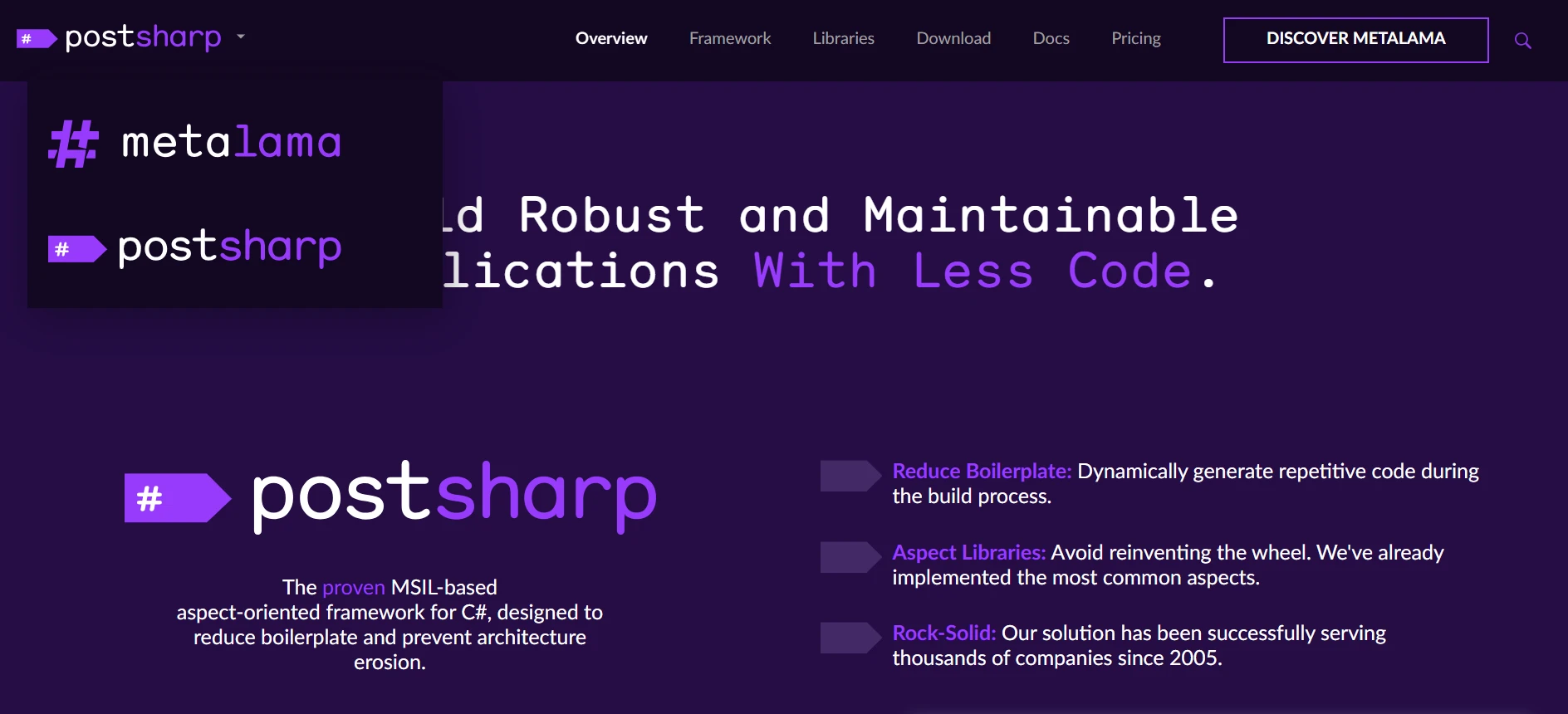
The goal of the AOP programming paradigm is to make code more modular by separating issues that are related to different areas. It is an add-on to Object-Oriented Programming (OOP) since it allows you to add more functionality to current code without changing it directly. Aspects, which are modular bits of code that contain behaviors impacting numerous classes or methods, are used to accomplish this- known as PostSharp Aspects.
To provide flexibility and adaptation to individual project objectives, developers can construct custom elements that are suited to application requirements.
In contrast to conventional runtime interception, PostSharp minimizes runtime overhead by including features in the Intermediate Language (IL) source code during compilation. This maximizes efficiency.
One component of PostSharp that helps developers find and fix performance bottlenecks, errors, and inefficiencies is PostSharp Diagnostics, which offers insights into application behavior and performance.
PostSharp provides extra features like enhanced diagnostics and structured logging through libraries and extensions (PostSharp.Patterns.Diagnostics, for example).
Because PostSharp is cross-platform compatible, developers can use its features in projects aimed at Linux, macOS X, and Windows operating systems.
Through its integration with Code Contracts, PostSharp improves the quality and dependability of code by enabling developers to define preconditions, postconditions, and invariants for methods.
PostSharp is compatible with a variety of project types and frameworks because it supports both .NET Core and .NET Framework.
You must install and set up PostSharp inside of your Visual Studio solution before you can use it in a C# project. The following steps will help you establish and set up PostSharp in a new or current C# project.
The procedure of making a console project in Visual Studio is easy. To start a Console Application in the Visual Studio environment, follow these simple steps:
Ensure Visual Studio is installed on your computer before using it.
After choosing New, choose File, and then Project.
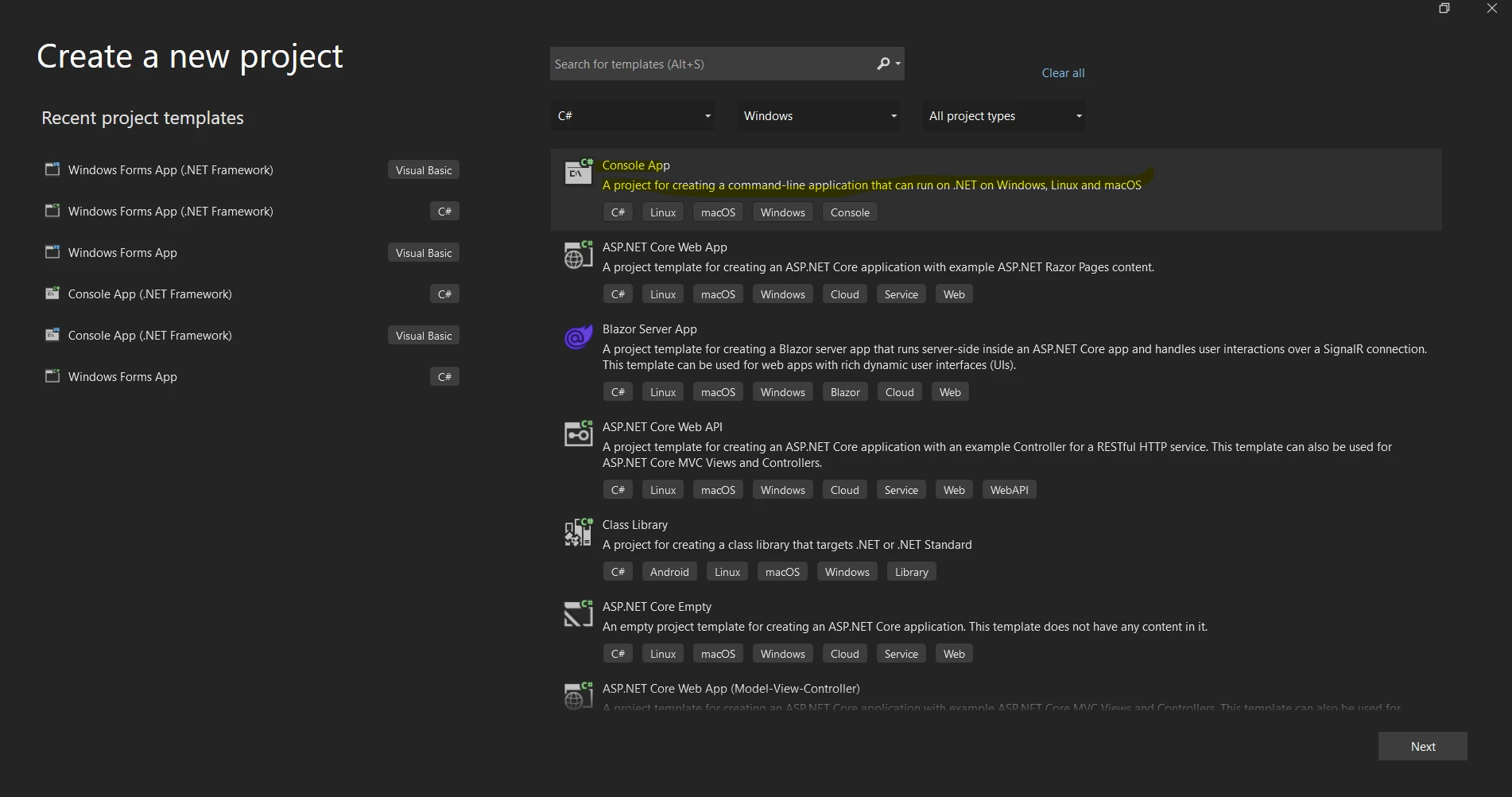
The "Console App" or "Console App (.NET Core)" template is available for selection from the list of project template references that follow.
Enter a name for your project in the "Name" section.

Select a place for the project's storage.
The Console application project will launch when you click "Create".
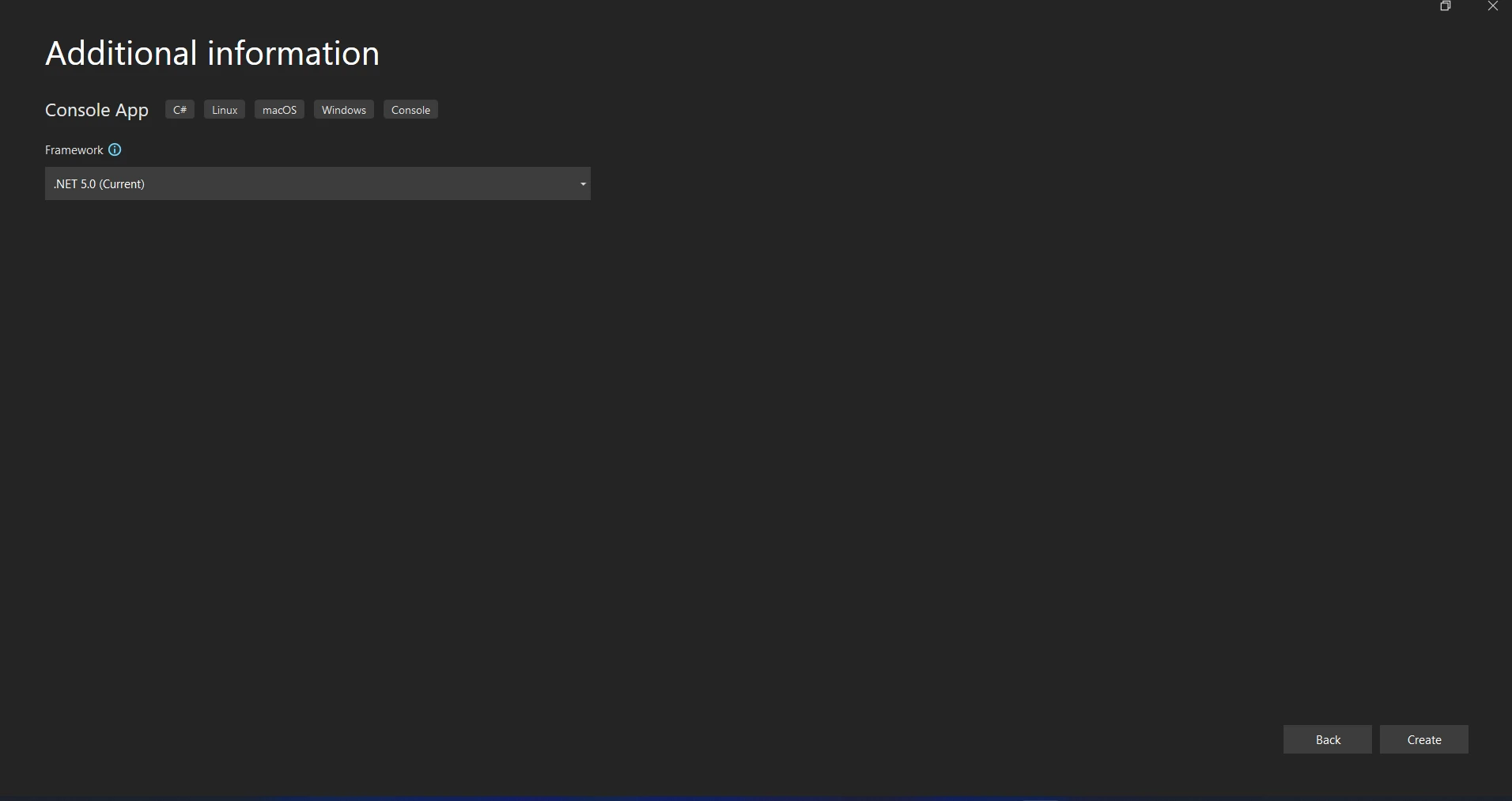
PostSharp can be installed via the Package Manager Console.
Install-Package PostSharpInstall-Package PostSharpIRON VB CONVERTER ERROR developers@ironsoftware.comTo define your aspect, add a new C# class file to your project. Deriving from one of the OnMethodBoundaryAspect, MethodInterceptionAspect, or other appropriate aspect base classes will allow you to implement your custom attribute or aspect. Here's an illustration of a basic OnMethodBoundaryAspect logging aspect in action:
using PostSharp.Aspects;
using System;
[Serializable]
public class LoggingAspect : OnMethodBoundaryAspect
{
public override void OnEntry(MethodExecutionArgs args)
{
Console.WriteLine($"Entering method {args.Method.Name}.");
}
public override void OnExit(MethodExecutionArgs args)
{
Console.WriteLine($"Exiting method {args.Method.Name}.");
}
public override void OnException(MethodExecutionArgs args)
{
Console.WriteLine($"Exception in method {args.Method.Name}: {args.Exception.Message}");
}
}using PostSharp.Aspects;
using System;
[Serializable]
public class LoggingAspect : OnMethodBoundaryAspect
{
public override void OnEntry(MethodExecutionArgs args)
{
Console.WriteLine($"Entering method {args.Method.Name}.");
}
public override void OnExit(MethodExecutionArgs args)
{
Console.WriteLine($"Exiting method {args.Method.Name}.");
}
public override void OnException(MethodExecutionArgs args)
{
Console.WriteLine($"Exception in method {args.Method.Name}: {args.Exception.Message}");
}
}IRON VB CONVERTER ERROR developers@ironsoftware.comChange the behavior of the aspect to suit your needs; for example, log method parameters or return values.
In methods or classes where you wish the cross-cutting behavior to be applied, apply your newly formed aspect. Apply the aspect to the logging code of your target method or class by using [LoggingAspect] or any other relevant attribute.
public class ExampleService
{
[LoggingAspect]
public void DoSomething()
{
Console.WriteLine("Doing something...");
}
}public class ExampleService
{
[LoggingAspect]
public void DoSomething()
{
Console.WriteLine("Doing something...");
}
}IRON VB CONVERTER ERROR developers@ironsoftware.comTo customize its functionality and facilitate integration with other programs, PostSharp provides a range of configuration options. Typically, characteristics, XML files, or programmatic methods are used to configure an application during startup or execution.
Configure Logging: Use attributes or XML configuration to specify log levels, logging targets, and other logging parameters.
Performance Optimization: Modify PostSharp's weaving and compilation parameters to maximize efficiency.

To use Aspect-Oriented Programming (AOP) for PDF creation and manipulation, you must integrate PostSharp and IronPDF into your project. This can be done in C#. You will be able to efficiently set up and use PostSharp with IronPDF by following the instructions in this guide.
In a C# project, integrating NServiceBus with RabbitMQ and IronPDF entails configuring messages between NServiceBus and RabbitMQ as well as using IronPDF to create PDFs. Here is a thorough how-to to get you going:
A .NET library called IronPDF is used to create, read, edit, and convert PDF files. It provides programmers with a strong and user-friendly tool for working with PDF files in C# or VB.NET applications. Below is a detailed description of IronPDF's features and capabilities:
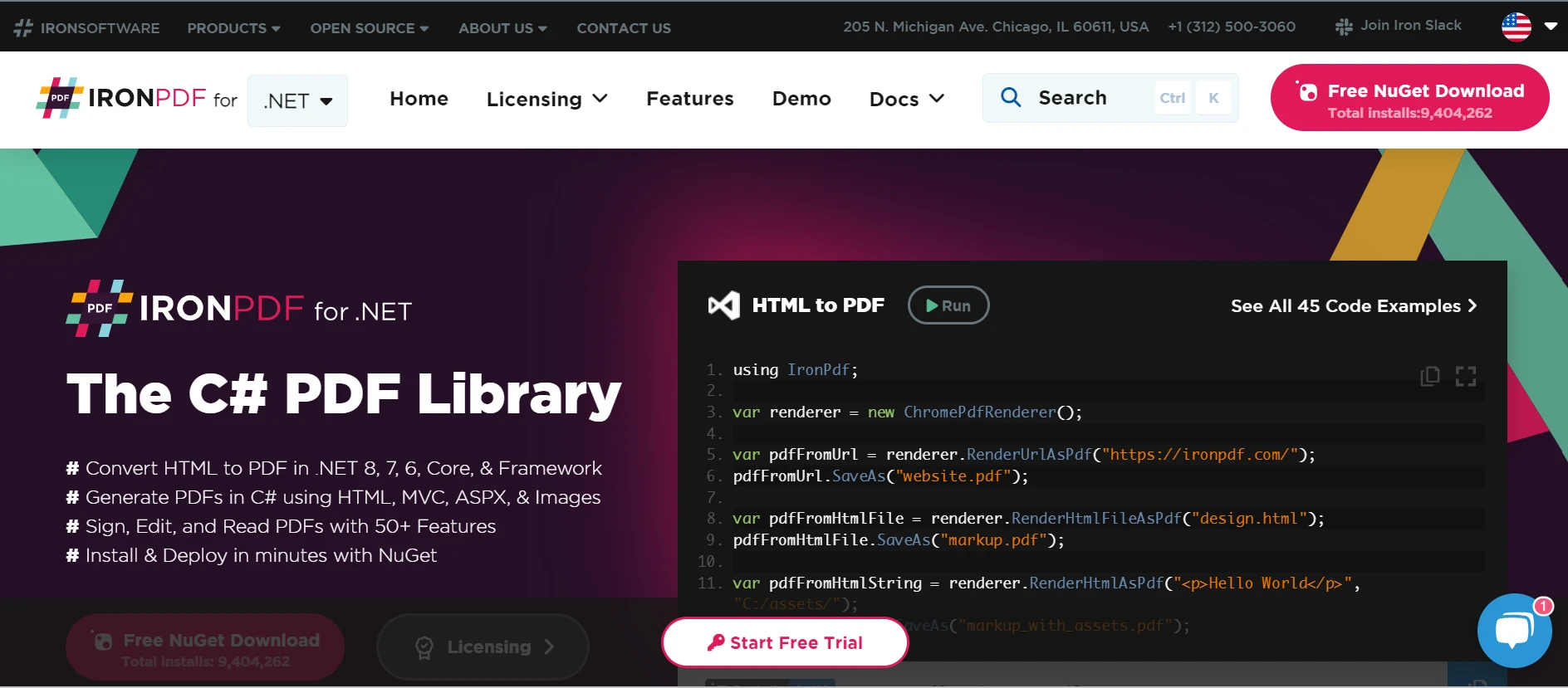
PDF Generation from HTML
Convert HTML, CSS, and JavaScript to PDF. supports two modern web standards: media queries and responsive design. helpful for creating PDF bills, reports, and documents with dynamic styling using HTML and CSS.
PDF Editing
You can add text, images, and other content to PDFs that already exist. Extract text and images from PDF files. assemble many PDFs into a single file. Split up PDF files to create several documents. Add headers, footers, annotations, and watermarks.
PDF Conversion
Convert different file formats, including Word, Excel, and images, to PDF. Converting PDF to image (PNG, JPEG, etc.).
Performance and Reliability
In industrial environments, high performance and reliability are the desired design attributes. effectively handles large documents.
Install the IronPDF package to get the tools you need to work with PDFs in .NET applications.
Install-Package IronPDFInstall-Package IronPDF'INSTANT VB TODO TASK: The following line uses invalid syntax:
'Install-Package IronPDFLet's now develop a PostSharp feature that uses IronPDF to manage PDF production.
In your project, add a new C# class file called PdfGenerationAspect.cs (or any other appropriate name). You can run the following code, both before and after a method is called by inheriting from OnMethodBoundaryAspect to implement the aspect.
using PostSharp.Aspects;
using IronPdf;
using System;
[Serializable]
public class PdfGenerationAspect : OnMethodBoundaryAspect
{
public override void OnEntry(MethodExecutionArgs args)
{
Console.WriteLine($"Generating PDF for method {args.Method.Name}.");
}
public override void OnSuccess(MethodExecutionArgs args)
{
var htmlContent = args.Arguments.GetArgument(0) as string;
var outputPath = args.Arguments.GetArgument(1) as string;
var Renderer = new HtmlToPdf();
var pdf = Renderer.RenderHtmlAsPdf(htmlContent);
pdf.SaveAs(outputPath);
Console.WriteLine($"PDF generated successfully at {outputPath}.");
}
public override void OnException(MethodExecutionArgs args)
{
Console.WriteLine($"Exception occurred in method {args.Method.Name}: {args.Exception.Message}");
}
}using PostSharp.Aspects;
using IronPdf;
using System;
[Serializable]
public class PdfGenerationAspect : OnMethodBoundaryAspect
{
public override void OnEntry(MethodExecutionArgs args)
{
Console.WriteLine($"Generating PDF for method {args.Method.Name}.");
}
public override void OnSuccess(MethodExecutionArgs args)
{
var htmlContent = args.Arguments.GetArgument(0) as string;
var outputPath = args.Arguments.GetArgument(1) as string;
var Renderer = new HtmlToPdf();
var pdf = Renderer.RenderHtmlAsPdf(htmlContent);
pdf.SaveAs(outputPath);
Console.WriteLine($"PDF generated successfully at {outputPath}.");
}
public override void OnException(MethodExecutionArgs args)
{
Console.WriteLine($"Exception occurred in method {args.Method.Name}: {args.Exception.Message}");
}
}IRON VB CONVERTER ERROR developers@ironsoftware.comThis feature handles the successful creation of PDFs (OnSuccess), logs the start of PDF generation (OnEntry), and logs any exceptions (OnException).
Add the PdfGenerationAspect aspect to a function that uses IronPDF to create PDFs. Define a class that has a PDF generation method in it.
public class PdfService
{
[PdfGenerationAspect] // Apply the PdfGenerationAspect here
public void GeneratePdf(string htmlContent, string outputPath)
{
var Renderer = new HtmlToPdf();
var pdf = Renderer.RenderHtmlAsPdf(htmlContent);
pdf.SaveAs(outputPath);
}
}public class PdfService
{
[PdfGenerationAspect] // Apply the PdfGenerationAspect here
public void GeneratePdf(string htmlContent, string outputPath)
{
var Renderer = new HtmlToPdf();
var pdf = Renderer.RenderHtmlAsPdf(htmlContent);
pdf.SaveAs(outputPath);
}
}IRON VB CONVERTER ERROR developers@ironsoftware.comMake sure the location from which you write or intend to invoke the HTML to PDF generation using IronPDF best practices method can access the PdfService class.

Now, create PDFs with the aspect applied by using the PdfService class. Create an instance of PdfService in your main application or another class, then use the GeneratePdf function with the correct HTML content and output path. The aspect class (PdfGenerationAspect) will handle any exceptions that arise during PDF generation, log the relevant messages, and intercept method calls when they are executed.
class Program
{
static void Main(string[] args)
{
var pdfService = new PdfService();
string htmlContent = "<h1>Hello World</h1>";
string outputPath = "hello_world.pdf";
pdfService.GeneratePdf(htmlContent, outputPath);
}
}class Program
{
static void Main(string[] args)
{
var pdfService = new PdfService();
string htmlContent = "<h1>Hello World</h1>";
string outputPath = "hello_world.pdf";
pdfService.GeneratePdf(htmlContent, outputPath);
}
}IRON VB CONVERTER ERROR developers@ironsoftware.com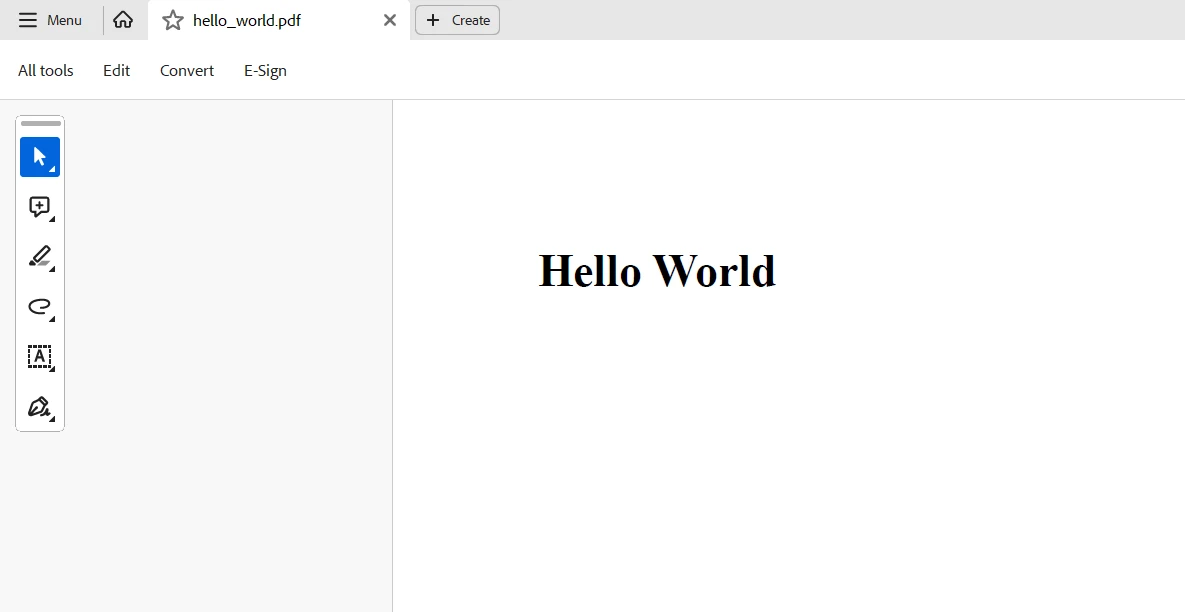
To sum up, the combination of PostSharp and IronPDF in C# applications creates a strong synergy that improves code maintainability and PDF generation and manipulation capabilities. AOP (Aspect-Oriented Programming) is made easier by PostSharp, which enables developers to encapsulate cross-cutting issues like performance monitoring, exception handling, and logging into reusable aspects. By dividing essential business logic from repetitious boilerplate code, this method encourages simpler, more modular, and cleaner code too.
Conversely, IronPDF offers powerful capabilities for generating, modifying, and working with PDF documents in .NET applications. Developers can increase code readability, lower error rates, and speed up PDF-related operations by combining IronPDF's PDF creation tools with PostSharp's AOP capabilities.
Finally, you may work with barcodes, create PDFs, conduct OCR, and link with Excel by including IronPDF and Iron Software in your toolkit for .NET programming. With a starting price of $749, explore IronPDF licensing options combines its features with the performance, compatibility, and usability of Iron Software's feature-rich suite to offer more online apps and capabilities, as well as more effective development.
Developers can confidently choose the best model if there are clear license options that are tailored to the particular needs of the project. These advantages enable developers to deal with a variety of challenges efficiently and openly.